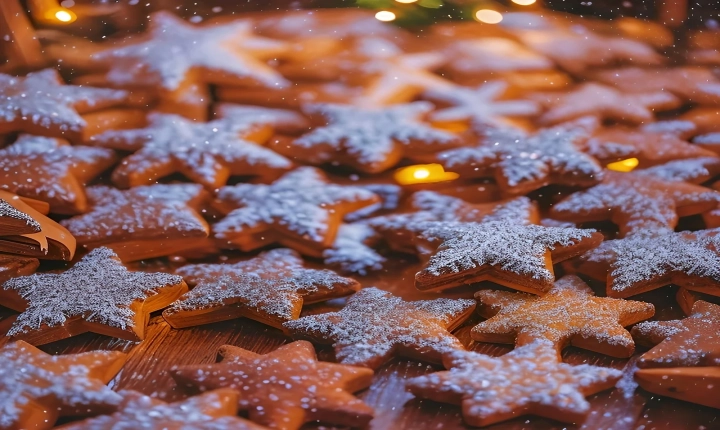Title: How to Create High-Quality AI Art: A Step-by-Step Guide
Introduction
Advancements in artificial intelligence (AI) have revolutionized the art world, enabling creatives to produce stunning artworks with the help of machine learning algorithms. AI art has gained popularity in recent years, with artists and enthusiasts exploring the intersection of technology and creativity. Creating high-quality AI art requires a combination of technical expertise, artistic vision, and a deep understanding of AI tools and techniques. In this article, we will explore the step-by-step process of making high-quality AI art, from choosing the right tools to refining the final output.
Step 1: Selecting the Right AI Art Generator
The first step in creating high-quality AI art is to select the right AI art generator. There are several platforms and software tools available that use machine learning algorithms to generate art, including deep learning-based image generators, style transfer algorithms, and generative adversarial networks (GANs). It’s important to choose a tool that aligns with your artistic goals and the specific style or aesthetic you want to achieve.
Step 2: Collecting Training Data
Once you have chosen an AI art generator, the next step is to collect high-quality training data. This may involve curating a dataset of images that represent the style or subject matter you want to explore in your artwork. The quality of your training data will greatly influence the output of the AI art generator, so it’s important to gather diverse, high-resolution images to train the model effectively.
Step 3: Training the AI Model
Training an AI model for creating art is a complex process that requires a solid understanding of machine learning principles and techniques. This step involves feeding the training data into the AI model and fine-tuning the parameters to capture the desired artistic style, color palette, and visual elements. It may involve experimenting with different training architectures, hyperparameters, and optimization techniques to achieve the best results.
Step 4: Refining the Output
Once the AI model has been trained, the next step is to refine the output to create high-quality AI art. This may involve post-processing techniques such as image enhancement, color adjustment, and composition refinement. Additionally, artists can add their personal touch to the AI-generated artwork by incorporating manual edits or creative interventions to further elevate the quality and expressiveness of the final piece.
Step 5: Iterative Improvement and Feedback
Creating high-quality AI art is an iterative process that often involves continuous improvement and feedback. Artists and creators can refine their AI-generated artwork through multiple iterations, seeking feedback from peers, mentors, and the artistic community to enhance the quality and impact of their work.
Conclusion
The intersection of artificial intelligence and art has opened up new frontiers of creativity and expression, offering artists powerful tools to explore and push the boundaries of visual art. Creating high-quality AI art requires a combination of technical expertise, artistic vision, and a deep understanding of AI tools and techniques. By following the step-by-step guide outlined in this article, artists and enthusiasts can harness the potential of AI to produce stunning, high-quality artworks that captivate and inspire audiences around the world.
